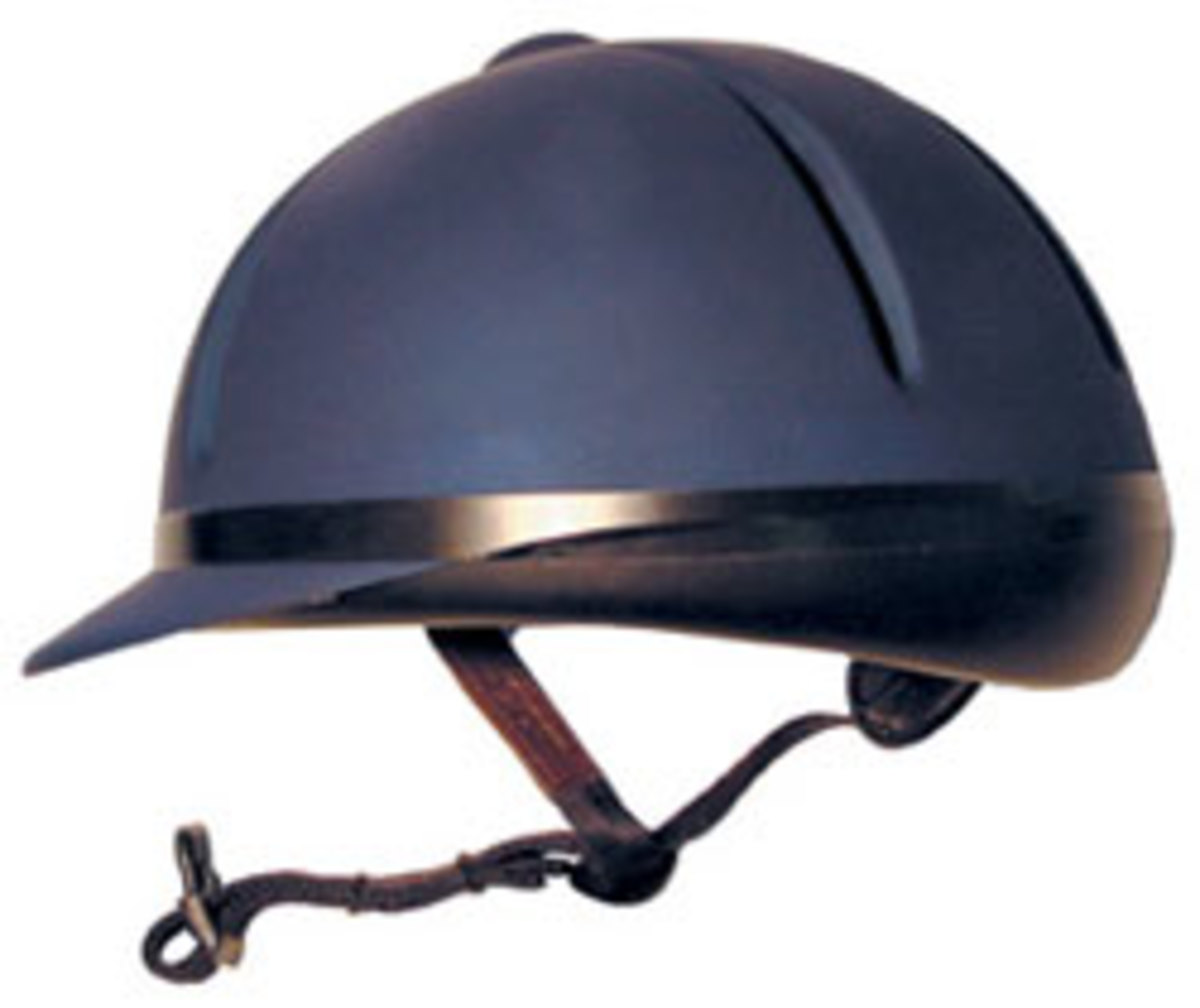Home > Horse Care > Does My Helmet Need to be Replaced?
Does My Helmet Need to be Replaced?
- July 25, 2019
- ⎯ Equus

It’s a standard rule to discard any helmet that was struck hard in a fall. But even if yours has never taken a blow, it’s still a good idea to replace it when it’s at the end of its shelf life. If you’ve ever seen an old rubber band crumble into bits, you know how some of the interior components of a helmet—including parts of the shell, liner and protective padding—can harden and deteriorate over time.
Your helmet’s recommended replacement date may be found in the owner’s manual or with the fitting instructions. In some helmets, the date of manufacture is printed on a label in the liner. As a general rule, it’s best get a new helmet every five or six years—replace your helmet sooner if it’s been exposed to extreme temperatures or chemicals like those found in automatic fly spray dispensers.
Here are some clues that a helmet is ready to go:
- The clips on the chin strap are loose or have broken teeth.
- Any parts of the mechanisms for adjusting fit are no longer working.
- The retention harness is pulling loose from its fasteners in the helmet shell.
- The inner lining is missing chunks or losing plastic “beads” that slough off.
- Compressed spots or sections that look melted could be a sign that the helmet was exposed to certain types of bug sprays.
- The outer surface has visible surface cracks, dents, warping or holes.
- The color is changing—for example, white plastic is yellowing or a black velvet cover is turning a brownish beige





